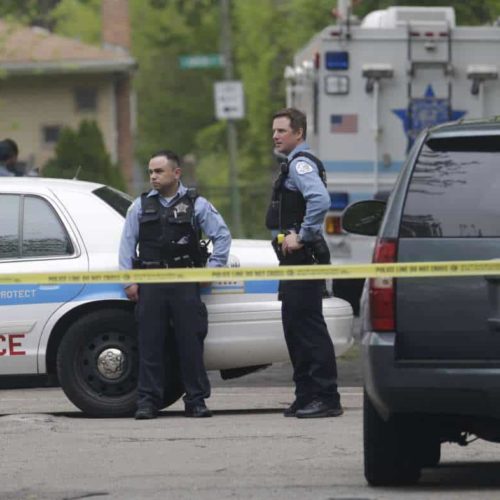Introduction
There’s been a lot of rhetorical heat of late regarding crime in America —but not a lot of light. Take Donald Trump. He stirred the Republican convention with an apocalyptic vision of inner-city America as a Mad Max movie. His first task, Trump said, “would be to liberate our citizens from the crime and terrorism and lawlessness that threatens their communities.” But wait. President Obama and others quickly countered that the imagery was nonsense —that violent crime today is dramatically lower than it was 30 years ago, 20 years ago, even 10 years ago.
There are multiple explanations for this confusion, and politics is only one of them. Reliance on the FBI’s Uniform Crime Reports is another; criminologists believe that many of the offenses tracked by the so-called UCR’s are terribly under-reported, and so are of limited utility. And the reporting suffers from a serious time lag; the FBI’s full year report for 2015 won’t be released for another month or so.
Many criminologists believe that murder is the only truly reliable crime statistic because it is the only crime that’s virtually always reported. Thus more recent reports on murder numbers are potentially illuminating, but have included a grab bag of cities, some of which showed murder increases while others showed decreases.
The Center for Public Integrity has gathered murder statistics for the first half of 2016 and compared them with totals for the first half of 2015, for America’s 10 most populous cities. Here are the results:
The numbers do seem to contain some disturbing news. The 10-city total for January-June 2016 is up 20 percent over the previous year, and fully nine of the 10 municipalities showed increases, with big-percentage spikes in Phoenix, San Antonio, San Jose and especially Chicago. This seems to extend a jump in murders that showed killings up in early 2015 from 2014. The exception to the trend is the nation’s biggest city, New York, which so far in 2016 has sustained a drop in murders, continuing a trend there that stretches back to the early 1990s.
Is there an explanation for the broader uptick in America’s biggest cities? That’s harder to say. There’s talk of a “Ferguson effect,” in which cops are pulling back from aggressive enforcement — but little hard evidence. Some blame a rise in gang activity, while others point to a relentless proliferation of guns in the hands of young people. A less-explored, if admittedly imperfect explanation: more young people. Criminologists have traditionally argued that ages 15-24 are the crime-prone years, and the number of people in that age cohort has fluctuated over recent history. There were 42 million of them in 1980, when violent crime was rising, but the total was down to 38 million by 1990; crime started to ebb just a few years later, aided by the end of the crack epidemic. However, the number of 15-24-year-olds jumped to 44 million by 2012, and has stayed relatively close to that number since. When it comes to crime, perhaps demography is destiny. And there’s not much any politician can do about that.



Join the conversation
Show Comments